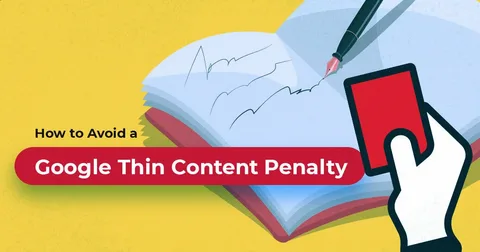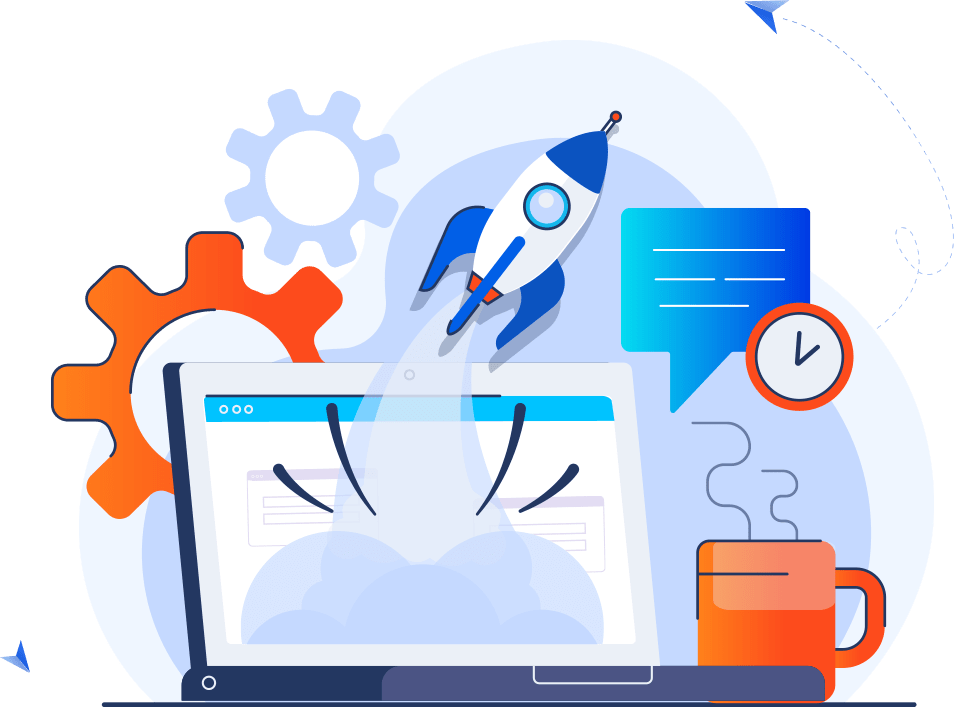If you’ve ever woken up to find your site traffic falling off a cliff, I know how stressful that feels. I have faced both manual actions from Google and sudden drops after algorithm changes, and I learned that recovery is possible if you take the right steps. This guide will walk you through exactly how I handle Google penalty recovery and algorithm update recovery so you can bring your rankings back.
Understanding the Types of Google Penalties
Before fixing a penalty, I first identify whether it’s manual or algorithmic. The recovery process is very different for each.
Manual Actions
These are applied by a human reviewer at Google. They usually happen when Google believes a site violates its Webmaster Guidelines. Examples include:
- Unnatural inbound links
- Thin or duplicate content
- Cloaking or hidden text
- Spammy structured data
You can see manual actions in your Google Search Console under “Manual actions.” If there’s nothing there, it’s probably an algorithmic impact.
Algorithmic Changes
Google updates its ranking algorithms thousands of times a year, but only a few big ones make a noticeable difference. Examples:
- Panda: Content quality issues
- Penguin: Link profile problems
- Helpful Content Update: Content written mainly for search engines, not people
- Core updates: Broad changes affecting multiple ranking factors
Step 1: Diagnose the Problem Accurately
Guesswork never works here. I always follow a clear process:
- Check Search Console for any manual action notices.
- Review traffic drops in Google Analytics to see the exact date of the decline.
- Compare that date with known Google update timelines (you can check Search Engine Roundtable or Moz’s Google Algorithm Update History).
- Audit backlinks with tools like Ahrefs, Semrush, or Majestic.
- Run a content quality audit to identify thin, duplicated, or outdated pages.
Step 2: Fixing a Manual Penalty
When I get a manual action, I don’t just fix the surface problem — I dig deep to clean up everything related to it.
For Link Penalties
- Create a full backlink list from multiple tools (Search Console + Ahrefs + Semrush).
- Mark links that are paid, irrelevant, or coming from spammy sites.
- Reach out to webmasters to remove bad links.
- For those that can’t be removed, prepare a disavow file and submit it to Google.
For Content Penalties
- Rewrite or expand thin content to give it real value.
- Remove duplicate or scraped content.
- Check for keyword stuffing and fix it.
Once fixed, I submit a Reconsideration Request through Search Console explaining what I changed and why it won’t happen again.
Step 3: Recovering from an Algorithm Update
Algorithm updates require a different approach because you can’t “ask” Google to lift them. The only way is to improve your site until the next algorithm refresh.
Recovery Actions I Take:
- Improve content quality: Make every page truly useful, original, and updated.
- Fix site experience: Speed, mobile usability, clear navigation, and clean design.
- Strengthen E-E-A-T: Show expertise, experience, authority, and trustworthiness with author bios, case studies, and credible sources.
- Diversify backlinks: Get links from relevant, high-quality sites through guest posts, PR, and partnerships.
- Remove weak pages: If a page has no value and no rankings, I either merge it with a related page or delete it.
Step 4: Tracking Progress
I never expect instant results. Recovery can take weeks or months depending on the type of penalty and Google’s re-crawl schedule. I monitor:
- Rankings for target keywords
- Organic traffic trends
- Google Search Console coverage and performance reports
If I see small upward movements, I know I’m heading in the right direction.
Step 5: Preventing Future Penalties
Getting penalized once taught me a big lesson — prevention is much easier than recovery.
Here’s what I do:
- Follow Google’s guidelines at all times.
- Keep my backlink profile clean with regular audits.
- Focus on people-first content instead of writing just for search engines.
- Avoid buying links, automated link building, or hidden text.
- Stay updated on SEO news so I can adjust strategies before penalties happen.
Key Takeaways for Google Penalty Recovery
- Identify whether it’s manual or algorithmic before acting.
- Audit content, backlinks, and technical SEO thoroughly.
- Fix the root cause instead of applying quick patches.
- Track recovery metrics patiently.
- Protect your site from future issues by following best practices.
How to Avoid Google Penalty

Key steps to keep your website safe from Google penalties
Follow Google’s Guidelines
I always start by aligning my SEO strategy with Google’s Webmaster Guidelines. That means avoiding hidden text, cloaking, link schemes, and duplicate content. I focus on building relevant, natural backlinks and publishing original content that answers user intent.
Keep Your Site Healthy
Regular site audits help me spot problems before they become penalties. I check for spammy backlinks, update outdated content, fix broken links, and improve page speed. Staying informed about algorithm updates allows me to adjust my strategy early and keep my rankings safe.
Conclusion
I’ve learned that Google penalties are not the end of the road. If you stay consistent with clean SEO practices and focus on delivering value to real users, you can recover fully — and sometimes come back even stronger than before.
Frequently Asked Questions
1. What is Google penalty recovery?
Google penalty recovery is the process of fixing issues that caused a manual action or algorithmic ranking drop, then improving the site so rankings and traffic return.
2. How do I know if my site has a Google penalty?
Check Google Search Console for manual action notices and compare your traffic drop dates with known Google algorithm update timelines.
3. How long does Google penalty recovery take?
Recovery can take a few weeks for manual actions after fixing and submitting a reconsideration request, or several months for algorithm updates.
4. Can I recover from a manual penalty without a reconsideration request?
No. Manual penalties require fixing violations and then submitting a reconsideration request for Google’s review.
5. What are the main causes of a Google penalty?
Common causes include spammy backlinks, thin content, duplicate pages, hidden text, keyword stuffing, and violating Google’s Webmaster Guidelines.
6. What is the difference between manual and algorithmic penalties?
Manual penalties are applied by Google staff and appear in Search Console, while algorithmic penalties result from automated ranking changes during updates.
7. How do I recover from a link-related penalty?
Audit backlinks, remove or disavow harmful links, and replace them with high-quality links from relevant, authoritative sources.
8. How do I recover from an algorithm update?
Improve content quality, fix user experience issues, strengthen E-E-A-T signals, and wait for Google to re-crawl and re-evaluate your site.
9. Can old backlinks cause a Google penalty?
Yes. Even backlinks built years ago can trigger a penalty if they come from spammy, irrelevant, or paid link networks.
10. How can I prevent future Google penalties?
Publish original, user-focused content, monitor backlinks regularly, follow Google’s guidelines, and stay updated on algorithm changes.
